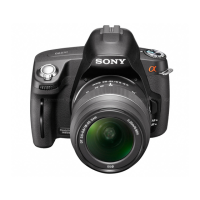
Do you have a question about the Sony DSLR-A200 Series and is the answer not in the manual?
| Sensor Type | CCD |
|---|---|
| Lens Mount | Sony A-mount |
| Screen Size | 2.7 inches |
| Image Stabilization | Sensor-shift |
| LCD Resolution | 230, 400 dots |
| Viewfinder Coverage | 95% |
| Autofocus Points | 9 |
| Sensor Size | 23.6 x 15.8 mm |
| Effective Pixels | 10.2 MP |
| Viewfinder Type | Pentamirror |
| Continuous Shooting Speed | 3 frames per second |
| Storage Media | CompactFlash (Type I or II) |
| Battery Type | NP-FM500H |
| Shutter Speed | 30 - 1/4000 sec |
| Battery Life | 750 shots |
Lists all items included in the camera package for initial setup and verification.
Details the process of charging and inserting the camera's rechargeable battery for power.
Provides step-by-step instructions on how to mount and secure a lens onto the camera body.
Explains the correct procedure for inserting memory cards for image storage.
Guides users through configuring the camera's date and time settings upon first use.
Offers instructions on how to clean the camera's LCD monitor, lens, and body safely.
Identifies key camera components and explains the meaning of various screen indicators and icons.
Describes the information presented on the LCD monitor in both Graphic and Standard display modes.
Explains how to navigate menus and select functions using the camera's control buttons and Fn button.
Provides techniques and posture guidance to minimize camera shake for sharper images.
Details how to use AUTO mode and Scene Selection modes for simplified shooting based on subjects.
Explains various exposure modes (P, A, S, M) and their effects on shutter speed and aperture for creative control.
Covers autofocus and manual focus techniques, including selecting focus areas and modes for optimal sharpness.
Explains how to use the built-in flash, flash modes, and wireless flash shooting for better illumination.
Details exposure compensation and flash compensation to control the overall brightness and flash intensity of images.
Guides on adjusting white balance settings to ensure accurate color reproduction under different lighting conditions.
Instructions for reviewing, rotating, enlarging, protecting, and deleting images stored on the memory card.
Explains how to connect the camera to a TV via HDMI for displaying images on a larger screen.
Covers configuring file numbering, folder naming, and formatting the memory card for optimal storage.
Details how to manage noise reduction for long exposures and high ISO settings to improve image quality.
Provides instructions on how to restore camera settings to their original factory default values.
Outlines the recommended computer environments and steps for transferring images via USB.
Describes the installation and usage of Sony's provided software for image viewing and editing.
Explains how to set print order format (DPOF) for selected or all images before printing.
Guides on directly printing images from the camera to a PictBridge-compatible printer without a computer.
Lists the technical specifications and features of the camera and its accessories.
Provides solutions for frequently encountered problems and error messages during camera operation.
Offers important safety guidelines and advice for using and storing the camera to prevent damage.
Explains the meaning of various on-screen warning messages and recommended actions.


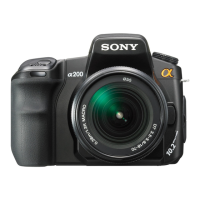

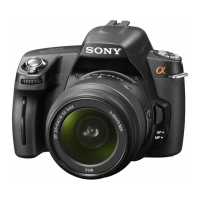

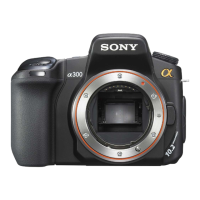


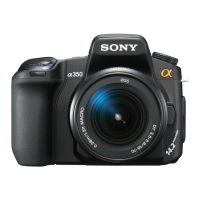
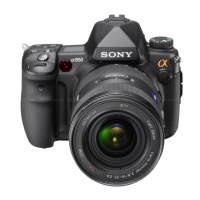
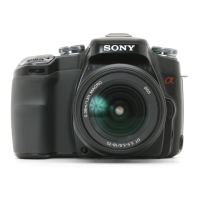
